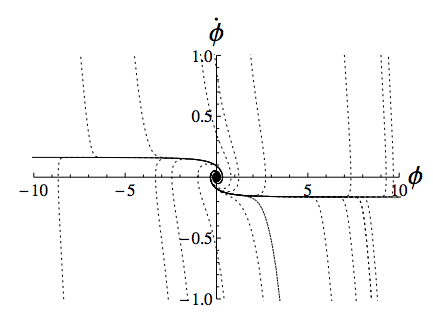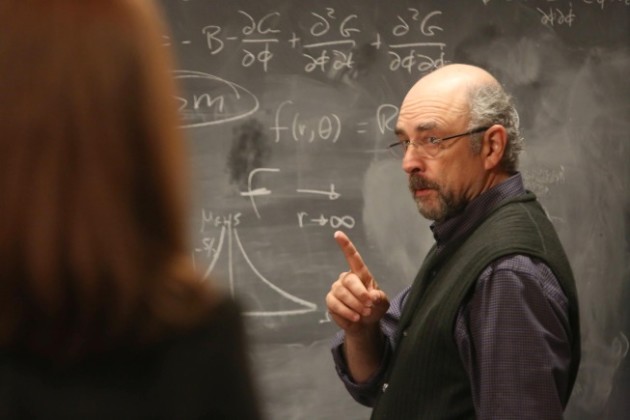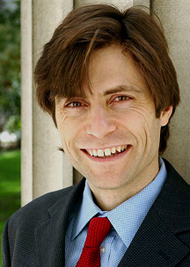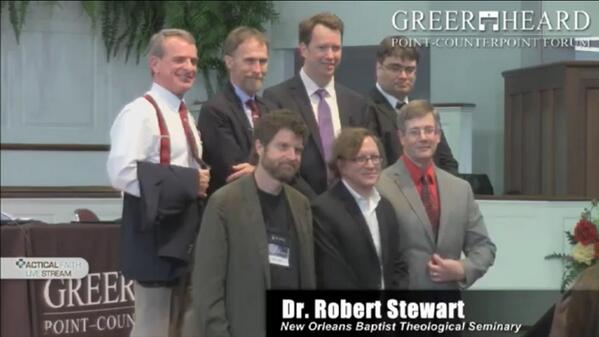Ten Questions for the Philosophy of Cosmology
Last week I spent an enjoyable few days in Tenerife, one of the Canary Islands, for a conference on the Philosophy of Cosmology. The slides for all the talks are now online; videos aren’t up yet, but I understand they are forthcoming.

It was a thought-provoking meeting, but one of my thoughts was: “We don’t really have a well-defined field called Philosophy of Cosmology.” At least, not yet. Talks were given by philosophers and by cosmologists; the philosophers generally gave good talks on the philosophy of physics, while some of the cosmologists gave solid-but-standard talks on cosmology. Some of the other cosmologists tried their hand at philosophy, and I thought those were generally less successful. Which is to be expected — it’s a sign that we need to do more work to set the foundations for this new subdiscipline.
A big part of defining an area of study is deciding on a set of questions that we all agree are worth thinking about. As a tiny step in that direction, here is my attempt to highlight ten questions — and various sub-questions — that naturally fall under the rubric of Philosophy of Cosmology. They fall under other rubrics as well, of course, as well as featuring significant overlap with each other. So there’s a certain amount of arbitrariness here — suggestions for improvements are welcome.
Here we go:
- In what sense, if any, is the universe fine-tuned? When can we say that physical parameters (cosmological constant, scale of electroweak symmetry breaking) or initial conditions are “unnatural”? What sets the appropriate measure with respect to which we judge naturalness of physical and cosmological parameters? Is there an explanation for cosmological coincidences such as the approximate equality between the density of matter and vacuum energy? Does inflation solve these problems, or exacerbate them? What conclusions should we draw from the existence of fine-tuning?
- How is the arrow of time related to the special state of the early universe? What is the best way to formulate the past hypothesis (the early universe was in a low entropy state) and the statistical postulate (uniform distribution within macrostates)? Can the early state be explained as a generic feature of dynamical processes, or is it associated with a specific quantum state of the universe, or should it be understood as a separate law of nature? In what way, if any, does the special early state help explain the temporal asymmetries of memory, causality, and quantum measurement?
- What is the proper role of the anthropic principle? Can anthropic reasoning be used to make reliable predictions? How do we define the appropriate reference class of observers? Given such a class, is there any reason to think of ourselves as “typical” within it? Does the prediction of freak observers (Boltzmann Brains) count as evidence against a cosmological scenario?
- What part should unobservable realms play in cosmological models? Does cosmic evolution naturally generate pocket universes, baby universes, or many branches of the wave function? Are other “universes” part of science if they can never be observed? How do we evaluate such models, and does the traditional process of scientific theory choice need to be adapted to account for non-falsifiable predictions? How confident can we ever be in early-universe scenarios such as inflation?
- What is the quantum state of the universe, and how does it evolve? Is there a unique prescription for calculating the wave function of the universe? Under what conditions are different parts of the quantum state “real,” in the sense that observers within them should be counted? What aspects of cosmology depend on competing formulations of quantum mechanics (Everett, dynamical collapse, hidden variables, etc.)? Do quantum fluctuations happen in equilibrium? What role does decoherence play in cosmic evolution? How does do quantum and classical probabilities arise in cosmological predictions? What defines classical histories within the quantum state?
- Are space and time emergent or fundamental? Is quantum gravity a theory of quantized spacetime, or is spacetime only an approximation valid in a certain regime? What are the fundamental degrees of freedom? Is there a well-defined Hilbert space for the universe, and what is its dimensionality? Is time evolution fundamental, or does time emerge from correlations within a static state?
- What is the role of infinity in cosmology? Can the universe be infinitely big? Are the fundamental laws ultimate discrete? Can there be an essential difference between “infinite” and “really big”? Can the arrow of time be explained if the universe has an infinite amount of room in which to evolve? Are there preferred ways to compare infinitely big subsets of an infinite space of states?
- Can the universe have a beginning, or can it be eternal? Does a universe with a first moment require a cause or deeper explanation? Are there reasons why there is something rather than nothing? Can the universe be cyclic, with a consistent arrow of time? Could it be eternal and statistically symmetric around some moment of lowest entropy?
- How do physical laws and causality apply to the universe as a whole? Can laws be said to change or evolve? Does the universe as a whole maximize some interesting quantity such as simplicity, goodness, interestingness, or fecundity? Should laws be understood as governing/generative entities, or are they just a convenient way to compactly represent a large number of facts? Is the universe complete in itself, or does it require external factors to sustain it? Do the laws of physics require ultimate explanations, or can they simply be?
- How do complex structures and order come into existence and evolve? Is complexity a transient phenomenon that depends on entropy generation? Are there general principles governing physical, biological, and psychological complexity? Is the appearance of life likely or inevitable? Does consciousness play a central role in accounting for the universe?
Chances are very small that anyone else interested in the field, forced at gunpoint to pick the ten biggest questions, would choose exactly these ten. Such are the wild and wooly early days of any field, when the frontier is unexplored and the conventional wisdom has yet to be settled. Feel free to make suggestions.
Ten Questions for the Philosophy of Cosmology Read More »



